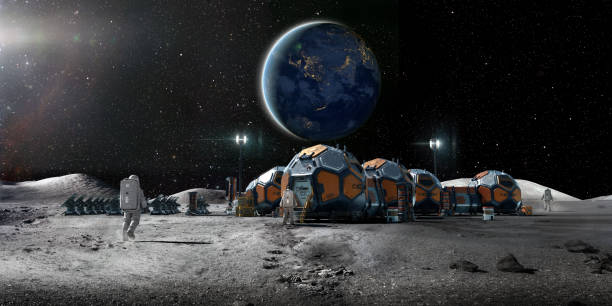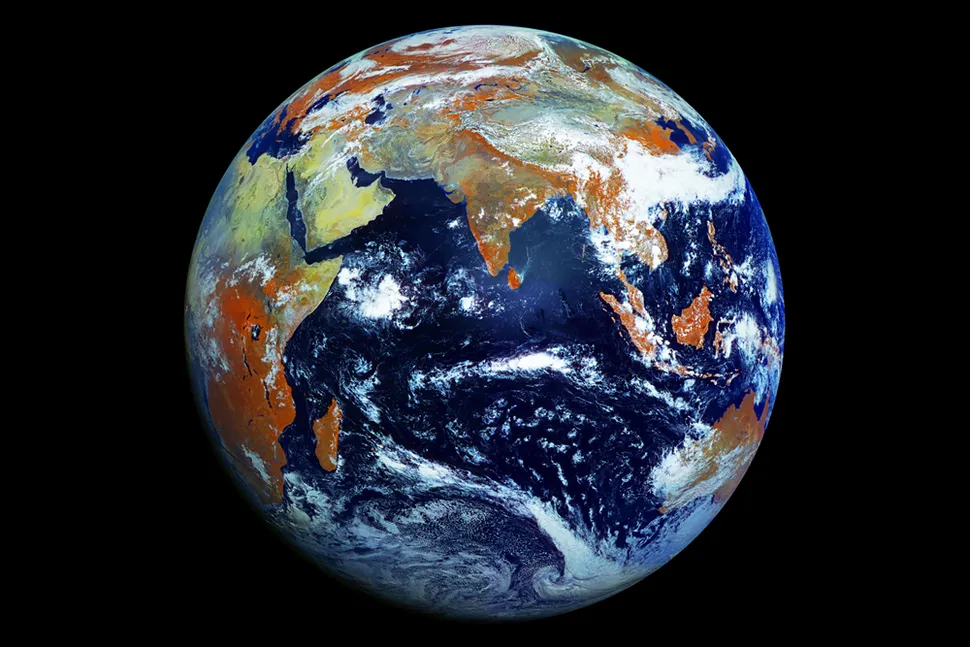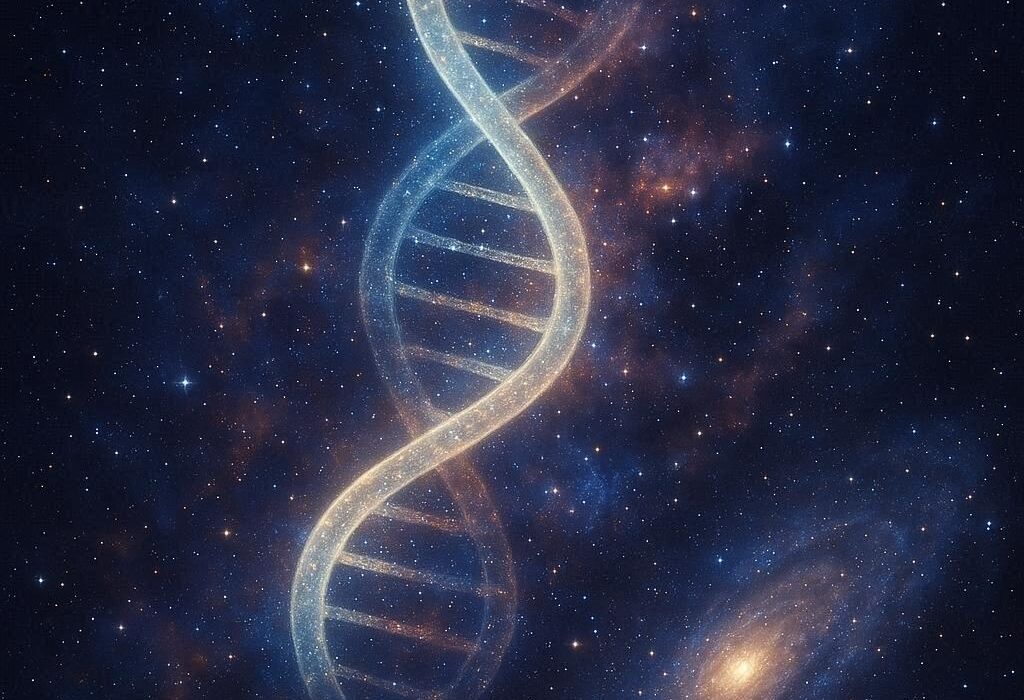For as long as humanity has existed, the dream of living longer—and perhaps even forever—has haunted our imaginations. From myths of the Fountain of Youth to modern billion-dollar industries promising eternal vitality, the desire to stretch the limits of our lifespan runs deep in the human heart. Yet behind the marketing slogans, miracle pills, and mystical claims, there lies a fascinating truth: science has quietly been unraveling the real mechanisms of longevity.
Living longer is not merely about avoiding disease or extending old age. True longevity is about the extension of healthspan—the period of life spent not just alive, but vibrant, capable, and fulfilled. The secret science of longevity is not found in a single elixir or hidden valley. It exists within our cells, our environment, our behaviors, and the interplay between biology and lifestyle. Modern research is beginning to reveal the astonishing fact that aging itself is malleable, influenced by choices we make every day.
What makes this science so “secret” is not that it is hidden, but that it is rarely explained with clarity outside of academic circles. Most people know about diet, exercise, and sleep, but the deeper biological processes—cellular aging, genetic switches, metabolic pathways, and molecular guardians of life—remain obscure. To understand the real secrets of longevity is to understand how life maintains itself, and how, with knowledge, we can learn to support that process.
The Biology of Time
At the core of longevity science lies a profound question: why do we age at all? Aging may seem inevitable, but it is not universal. Certain organisms defy the rules. Some species of jellyfish, for instance, appear biologically immortal, capable of reverting their cells to a youthful state. Greenland sharks can live for over 400 years, and tortoises often outlive the humans who study them. If nature allows such extremes, then aging is not merely the passage of time—it is a biological process.
One of the central theories of aging involves the gradual accumulation of cellular damage. Every day, our bodies face assaults from environmental toxins, ultraviolet light, and even the byproducts of our own metabolism. Free radicals—unstable molecules produced in our cells—can damage DNA, proteins, and lipids. Over time, this damage builds up, eroding the fine machinery of life.
Another key player in aging is the shortening of telomeres. Telomeres are protective caps at the ends of chromosomes that prevent genetic material from unraveling during cell division. With every division, telomeres become slightly shorter, until eventually, cells enter a state called senescence—a kind of biological retirement where they no longer divide but refuse to die. These senescent cells release inflammatory signals that damage nearby tissues, accelerating aging.
Yet the story of time is not simply one of decline. Our bodies are equipped with extraordinary repair systems. DNA repair enzymes patrol our genome, mitochondria power our cells with energy, and autophagy—a process of cellular recycling—cleans out damaged components. In youth, these systems work with remarkable efficiency. Aging is, in part, the gradual weakening of these protective mechanisms. The science of longevity seeks to find ways to preserve, restore, or even enhance them, allowing the body to resist the ravages of time.
The Metabolic Secrets
Longevity is inseparable from metabolism—the sum of all the chemical reactions that sustain life. Metabolism is often misunderstood as a measure of weight gain or loss, but in reality, it is a complex orchestra of processes that determine how our cells use energy. Research has shown that manipulating metabolism can dramatically influence lifespan.
One of the most striking findings in longevity science comes from studies of caloric restriction. In species ranging from yeast to mice, reducing caloric intake without malnutrition consistently extends lifespan. The mechanism seems to involve stress responses that activate protective pathways, such as sirtuins—enzymes that regulate cellular health and DNA repair. In humans, long-term caloric restriction is challenging, but the principle has inspired the search for interventions that mimic its effects without the hardship of constant hunger.
Intermittent fasting, for example, has gained attention as a practical approach. By cycling between periods of eating and fasting, the body shifts into metabolic states that promote fat burning, reduce insulin levels, and activate autophagy. These processes help clear damaged cells and improve metabolic resilience.
Another major pathway involves insulin and insulin-like growth factor (IGF-1). High levels of insulin and IGF-1 promote growth, but they also accelerate aging by encouraging cells to divide rapidly. Lowering these signals through diet and lifestyle appears to extend lifespan in animals. The balance between growth and repair is central: too much growth fosters cancer and aging, while too little impairs function. Longevity lies in finding equilibrium.
The Power of Cellular Guardians
Inside every cell, a quiet battle rages between forces that promote survival and forces that lead to decline. Among the most important defenders are proteins and genes known as “longevity regulators.” These molecular guardians determine how well the body responds to stress, repairs damage, and maintains balance.
Sirtuins, often called “longevity genes,” play a vital role in controlling inflammation, repairing DNA, and regulating energy use. Their activity is fueled by a molecule called NAD+, which declines with age. Research suggests that restoring NAD+ levels may rejuvenate cellular function, a discovery that has sparked intense interest in supplements and therapies aimed at boosting this pathway.
Another set of regulators are the FOXO transcription factors, which turn on genes involved in stress resistance and repair. They are activated under conditions of low insulin signaling, such as fasting. This suggests that longevity is not merely genetic destiny but also a reflection of the environments we create within our bodies.
Mitochondria—the energy powerhouses of cells—are also central to aging. As they produce energy, they generate reactive oxygen species that can damage cells. Yet mitochondria are also adaptable, capable of renewing themselves through a process called mitophagy. When functioning optimally, they provide the energy necessary for all life; when dysfunctional, they accelerate aging and disease. Supporting mitochondrial health through exercise, nutrition, and targeted therapies is a cornerstone of longevity science.
The Role of the Mind
Science often emphasizes the biological machinery of longevity, but the mind exerts a profound influence on lifespan. Stress, for example, is not merely a psychological burden—it leaves molecular scars. Chronic stress elevates cortisol, a hormone that in excess damages tissues, suppresses immunity, and accelerates telomere shortening. Studies show that individuals with high chronic stress age faster on a cellular level.
Conversely, practices that reduce stress—such as meditation, mindfulness, and social connection—have measurable effects on longevity pathways. Meditation has been linked to improved telomere maintenance and reduced inflammation. The experience of deep purpose, meaning, and belonging is associated with extended healthspan. The secret here is that biology and psychology are inseparably linked; the body cannot thrive if the mind is trapped in turmoil.
Laughter, joy, and human connection are not luxuries but biological necessities. They regulate hormones, strengthen immunity, and foster resilience. Longevity science acknowledges that while nutrition and exercise are critical, the quality of relationships and emotional well-being may be equally vital in determining how long and how well we live.
The Geography of Long Life
If science offers a microscopic view of longevity, geography provides a macroscopic one. Around the world, researchers have identified regions known as “Blue Zones,” where people live significantly longer than average. These include Okinawa in Japan, Sardinia in Italy, Ikaria in Greece, Nicoya in Costa Rica, and Loma Linda in California.
What unites these diverse cultures is not a secret supplement or a high-tech intervention but simple, consistent patterns. Their diets are rich in plant-based foods, whole grains, and healthy fats, while meat and processed foods are minimal. Physical activity is integrated into daily life—not as gym sessions but as walking, gardening, and labor. Social connection is strong; elders are respected, families are close-knit, and communities provide support.
Perhaps most importantly, these cultures embrace a sense of purpose. In Okinawa, the concept of ikigai—a reason for being—gives life direction beyond material success. This sense of belonging and meaning appears to be as protective as any nutrient. The lesson from Blue Zones is that longevity is not a mystery of genetics alone, but a reflection of culture, environment, and values.
The Cutting Edge of Longevity Science
While lifestyle and environment form the foundation, modern science is pushing boundaries in ways that would have seemed like science fiction just decades ago.
One frontier involves senolytics—drugs designed to clear senescent cells, those “zombie cells” that accumulate with age and spread inflammation. Early studies suggest that removing these dysfunctional cells can restore tissue health and extend lifespan in animals. Human trials are beginning, raising the possibility of medicines that directly slow aging.
Another area of exploration is genetic reprogramming. Scientists have discovered that by activating certain genes, they can reset cells to a more youthful state, reversing signs of aging in tissues. This approach, still in its infancy, holds promise for regenerative therapies that could repair organs and combat age-related diseases.
Stem cell therapies, too, are being investigated for their potential to replenish tissues damaged by aging. Meanwhile, advances in artificial intelligence and biotechnology allow researchers to map the aging process with unprecedented precision, identifying new molecular targets for intervention.
What makes these breakthroughs exciting is not merely the extension of lifespan, but the possibility of extending healthspan—delaying or preventing diseases such as Alzheimer’s, cardiovascular disease, and cancer. The ultimate goal is not to live forever, but to live better, with vitality preserved deep into old age.
The Ethical Horizon
The secret science of longevity also raises profound ethical questions. If humans learn to extend lifespan dramatically, what will it mean for society? Will longer life widen the gap between rich and poor, as only the wealthy access advanced therapies? How will it affect population growth, resources, and the environment?
Even at the personal level, the meaning of longevity must be considered. To live longer without purpose, connection, or joy may not be a gift at all. The science of longevity is therefore not only a biological challenge but also a philosophical one: how do we create lives worth extending? The answers lie not only in laboratories but in culture, ethics, and wisdom.
The Hidden Wisdom Within
Perhaps the greatest secret of longevity is that it is not a distant goal, but a living practice. The science points toward certain undeniable truths: our bodies thrive when nourished with real food, when moved with regularity, when rested with care, and when loved and supported by others. Our cells repair themselves more effectively when stress is managed, when the mind is at peace, and when meaning gives shape to our days.
The pursuit of longevity is not about fear of death but about reverence for life. It is about maximizing the gift of time, not hoarding it. The lessons from modern biology, from ancient cultures, and from the lives of those who age gracefully all converge on a single point: longevity is not a secret potion, but the harmony of body, mind, and spirit with the rhythms of nature.
The Future of Living Longer
We stand at a unique moment in history. Never before have humans lived as long as they do today, and never before has science held so much promise to push those limits further. Yet the most profound aspects of longevity remain deceptively simple. The food on our plates, the walks we take, the stress we release, the friendships we nurture, and the purpose we cultivate may be the most powerful elixirs of all.
The true secret science of longevity lies not only in the cutting edge of laboratories but also in the daily choices that align with the biology of life itself. To embrace those choices is to embrace a future where age is not a slow decline into frailty, but a steady unfolding of vitality, wisdom, and resilience.
Longevity is not about defeating death; it is about celebrating life, in its fullest, healthiest, and most meaningful form. And that, perhaps, is the lesson they don’t teach you—the one that science, culture, and human spirit are only now learning to share.






